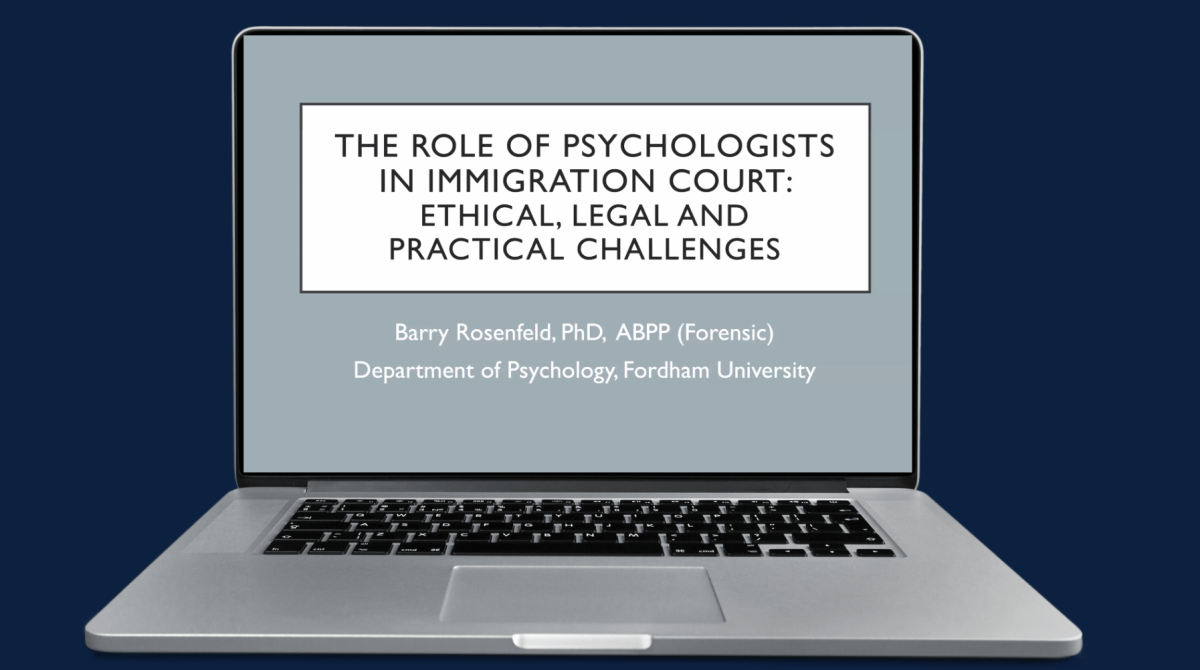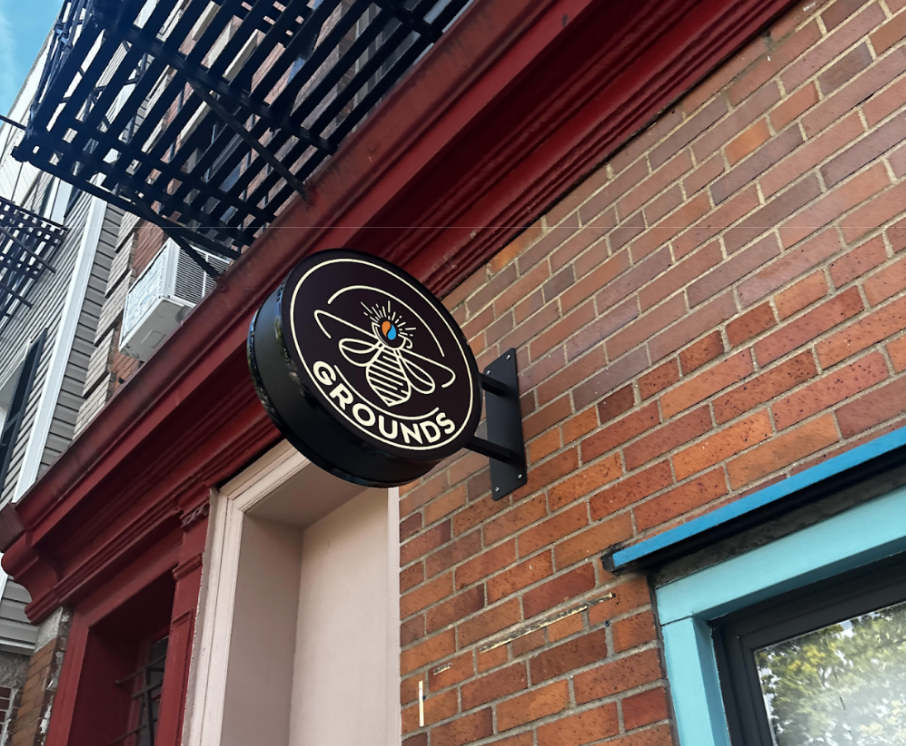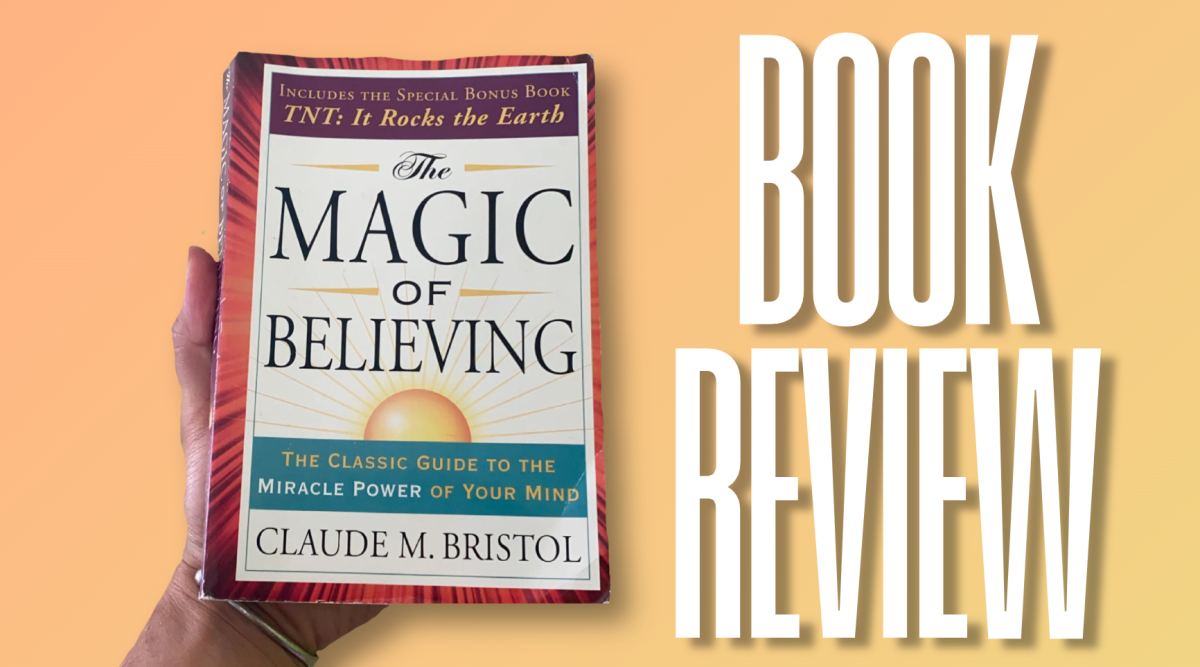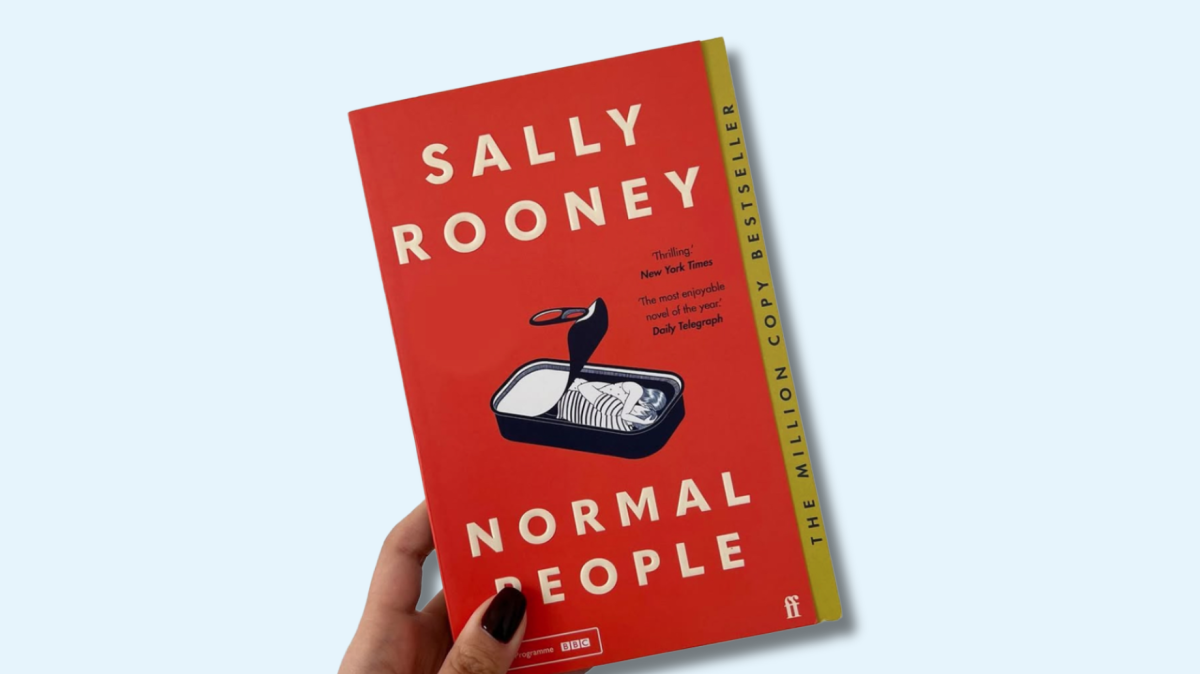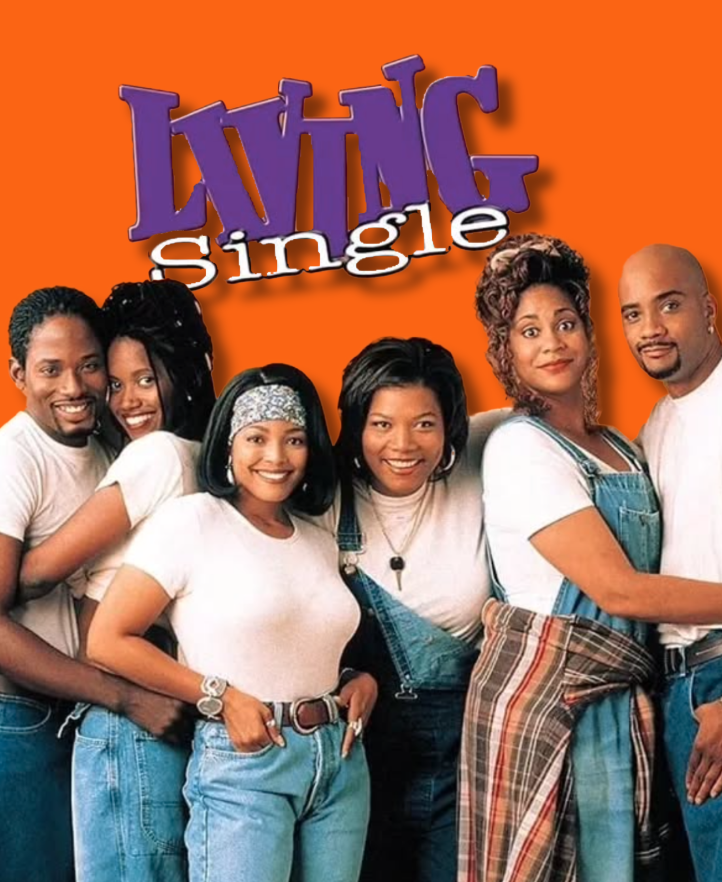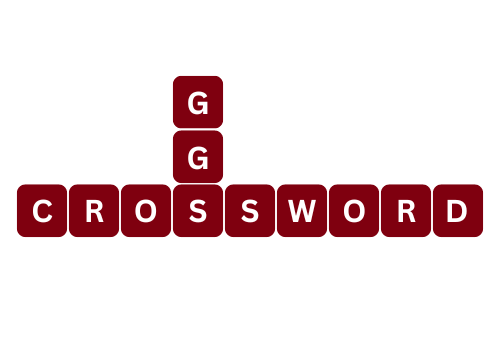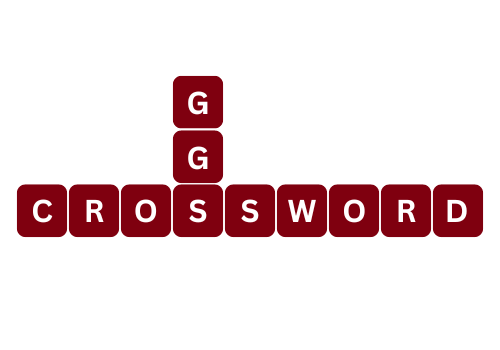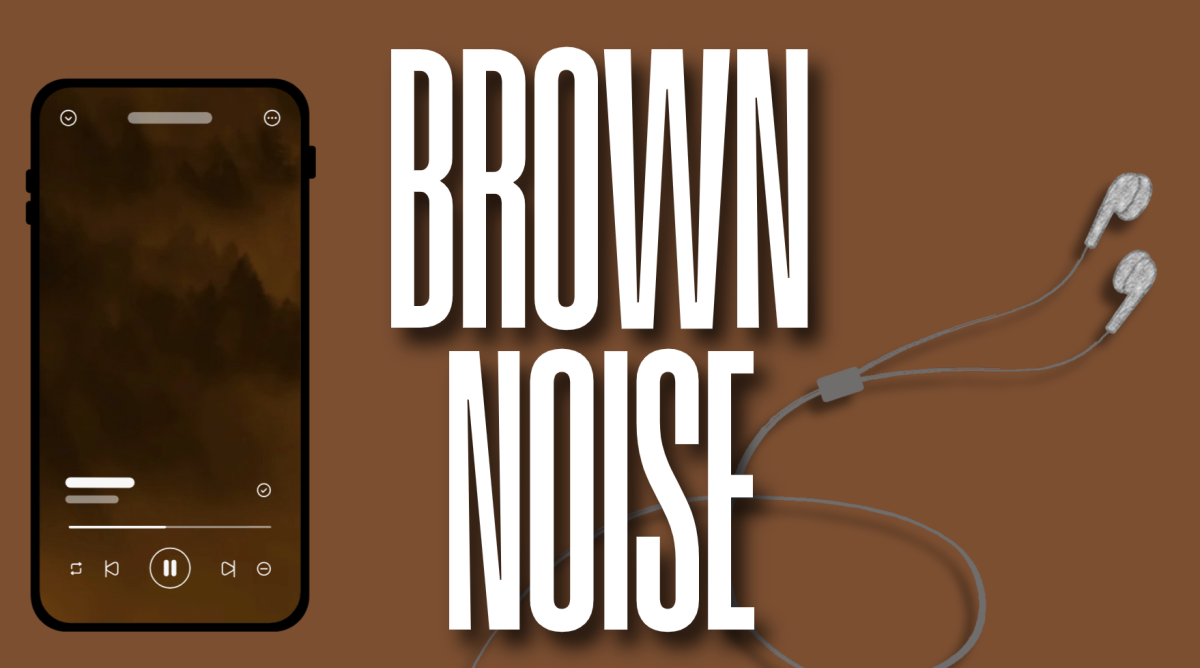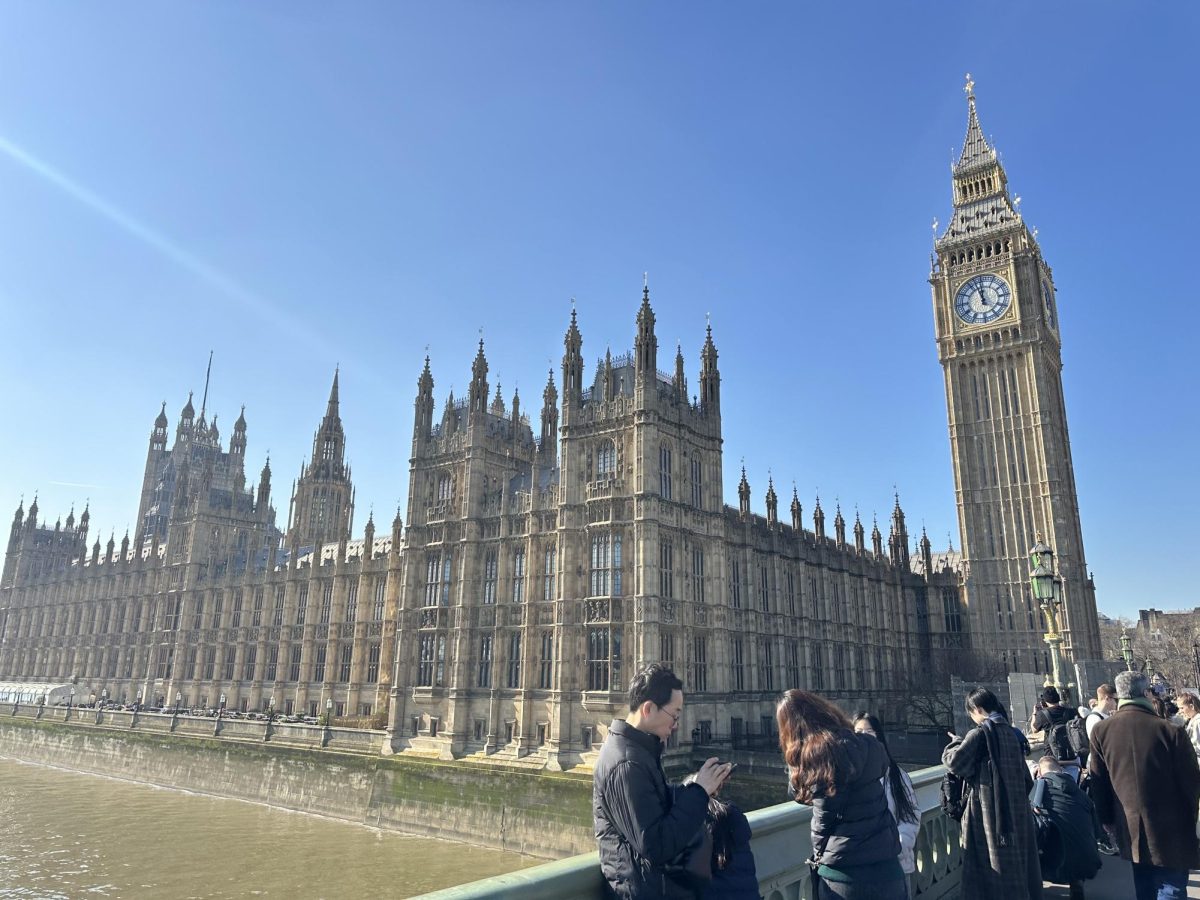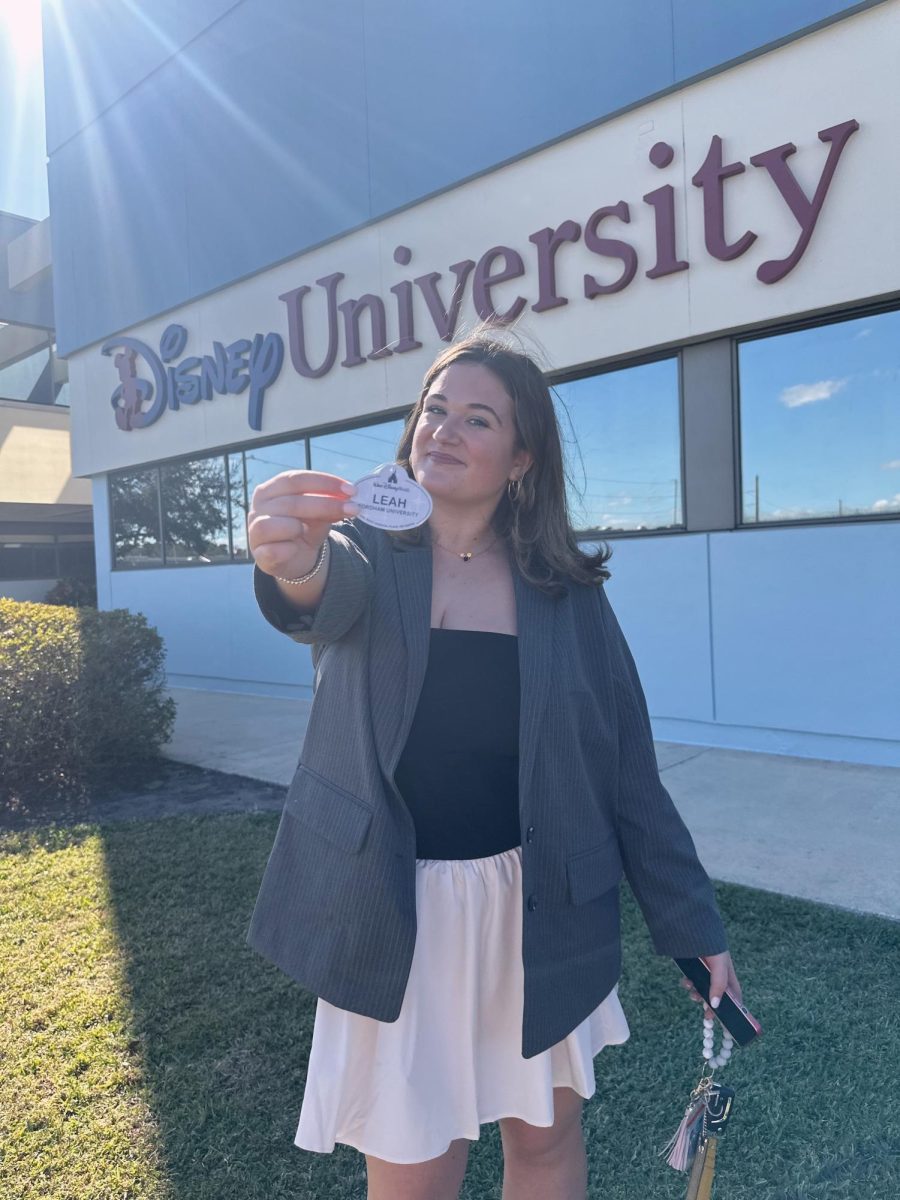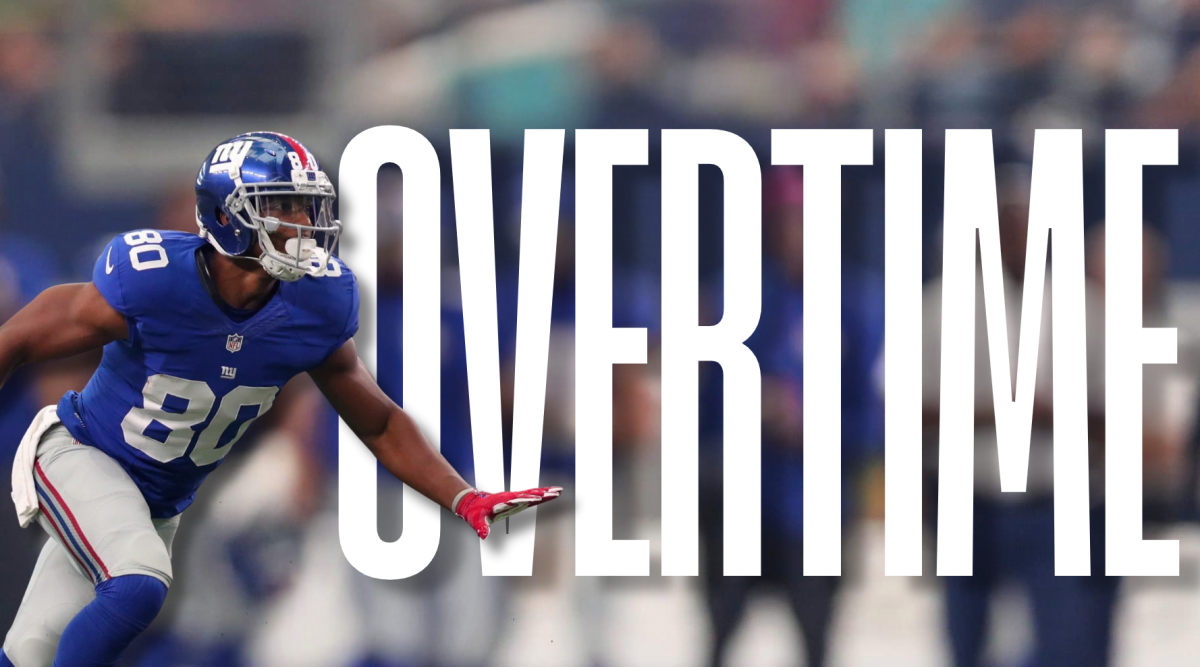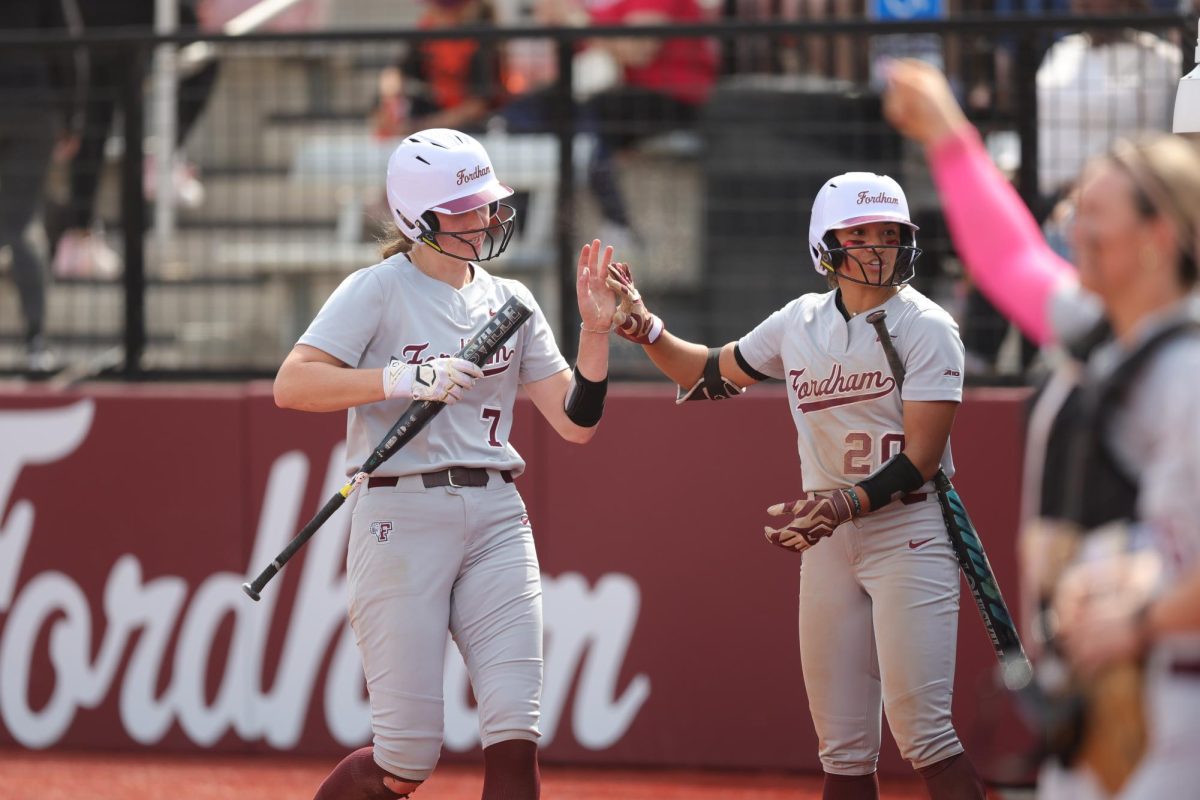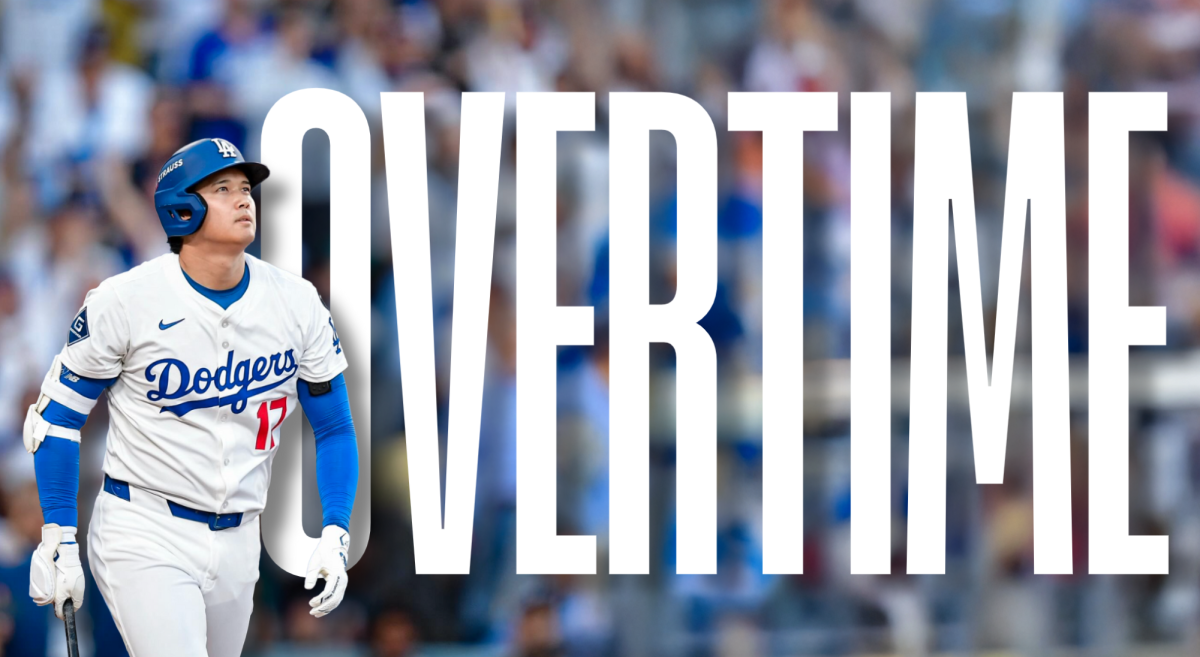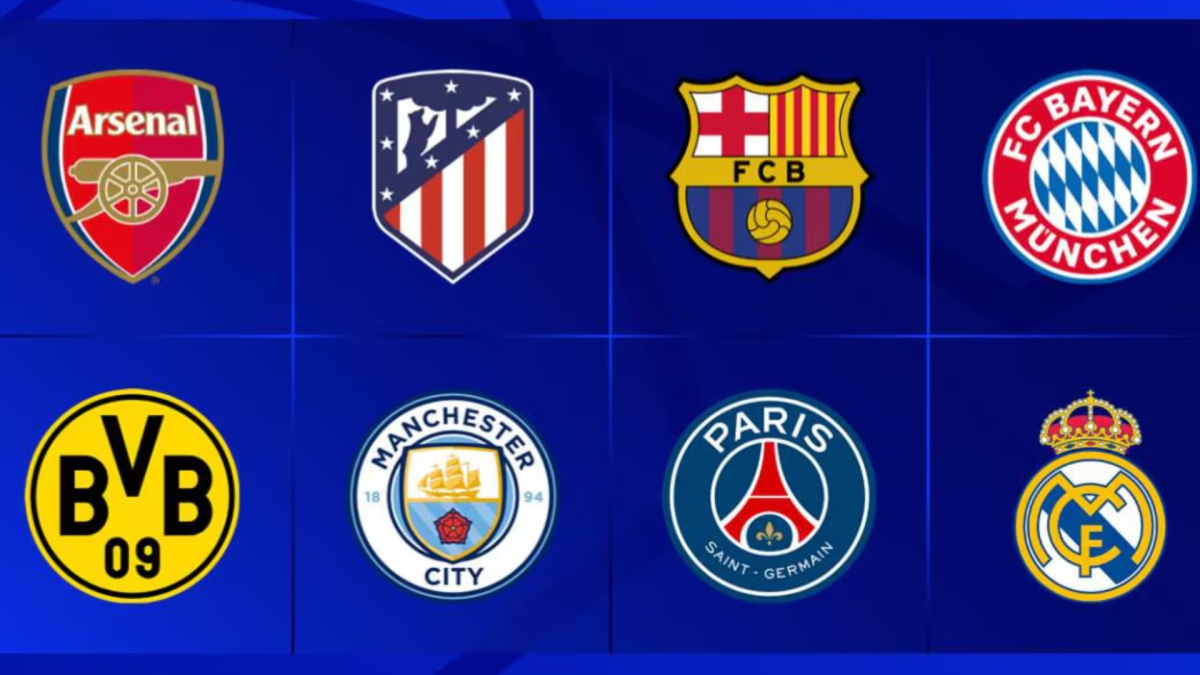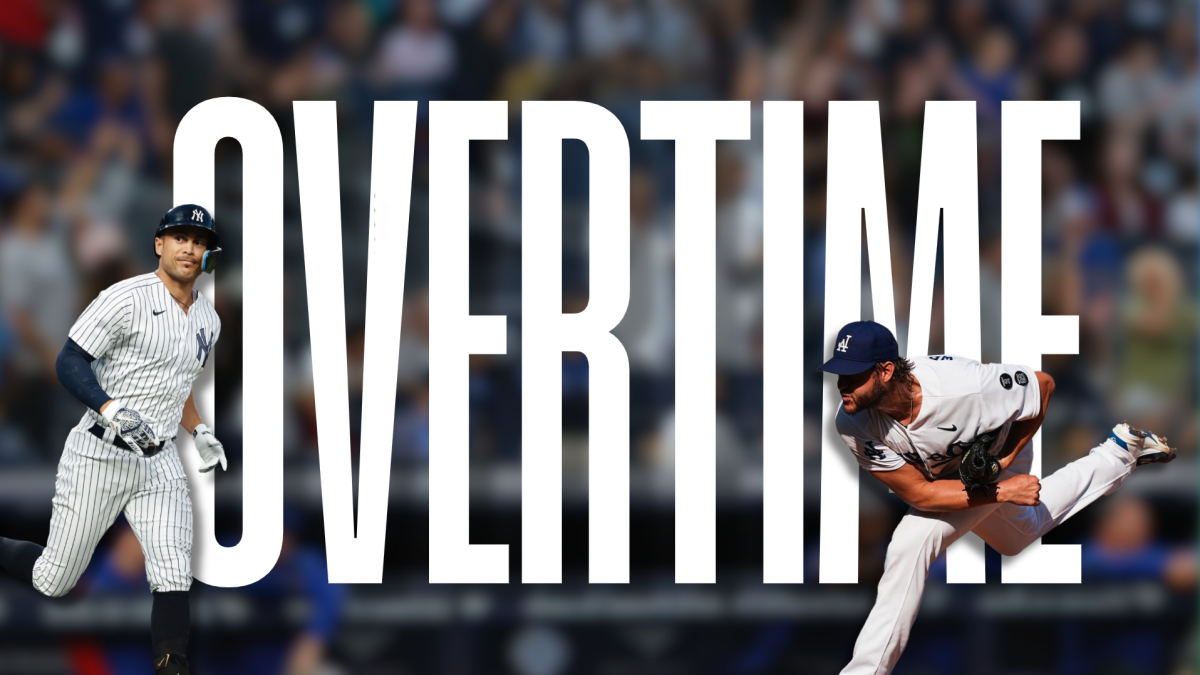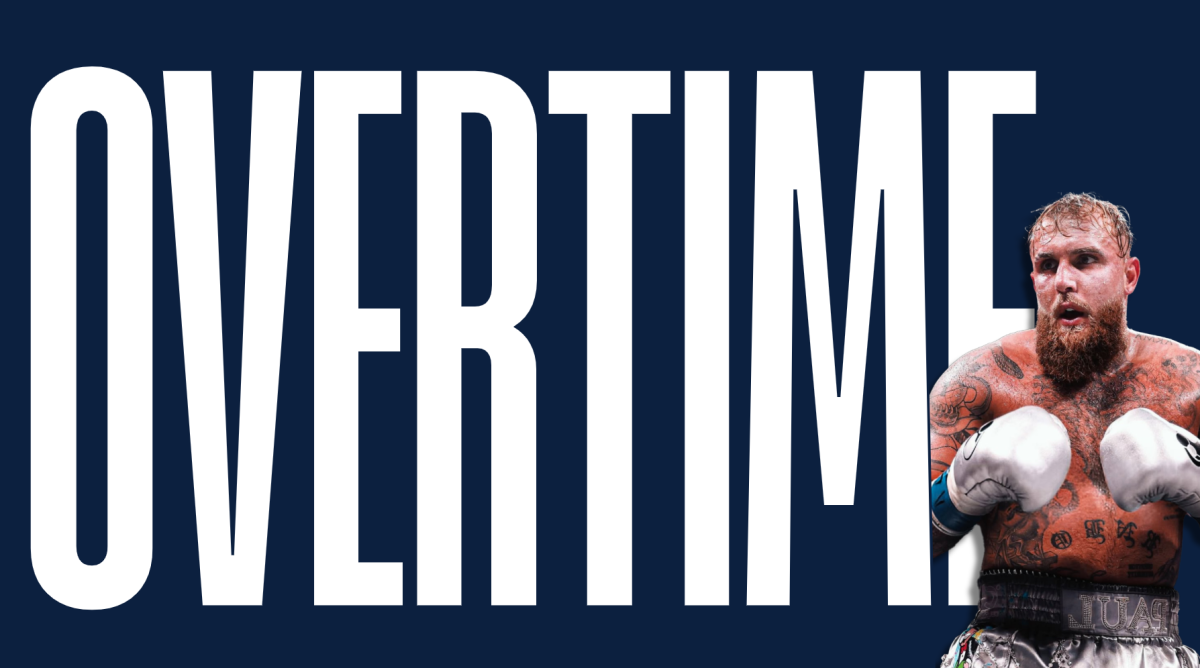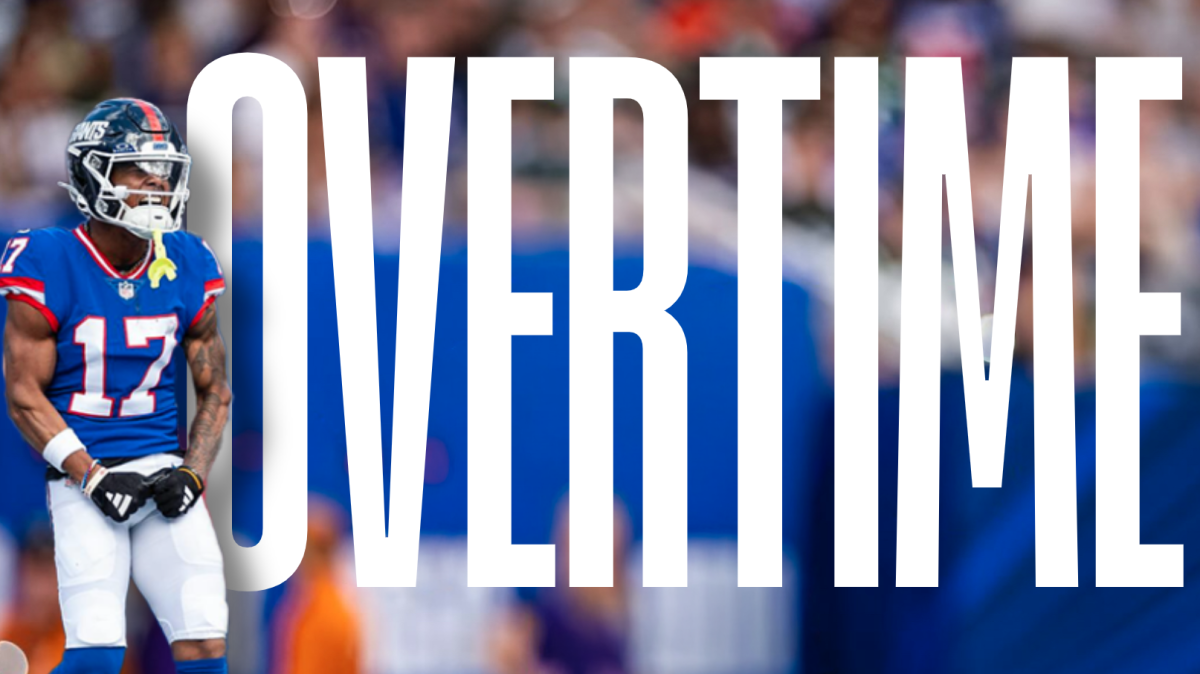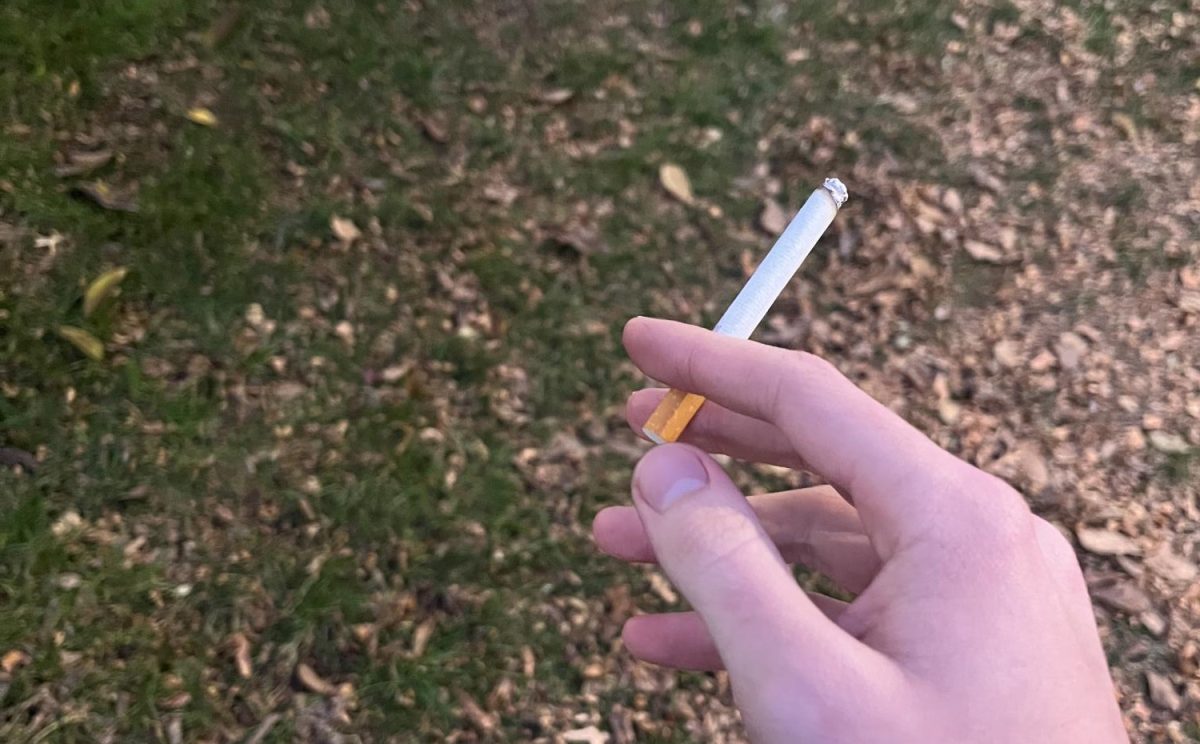By GABRIEL GARCIA
STAFF WRITER

On March 12, the Health Department enacted The New Beverage Portion Rule. All food service establishments that need a Health Department permit are now required to limit the portion size for sugary drinks to 16 ounces. Drinks like non-diet soda were only to be purchased in servings of 16 ounces or smaller.
The main issue with this rule is that diet soda does not fall under the category of a sugary drink. Because the drink does not contain sugar, it has few or no calories. What some people do not know, however, is the health concerns of diet soda.
According to the Harvard School of Public Health, “there is worrisome evidence that regular use of artificial sweeteners may promote weight gain.” Diet soda imitates the sweet taste of regular soda without high calorie sugars, but with artificial sweeteners. These sweeteners trick our brains into thinking that we are consuming regular soda, even though we are not. Nonetheless, the problem with this is that artificial sweeteners such as sucralose do not work the same way as sugar.
Researchers at the University of California-San Diego demonstrated that sugar activated regions of the brain involved in food rewards, but sucralose did not. In simpler terms, this means that our bodies are unable to determine how many calories it is taking in — thus resulting to high intake of sugary or fattening products. This results in high blood sugar as well as weight gain.
AuthorityNutrition.com states that those who drink diet soda regularly may develop metabolic syndrome — a condition which involves at least three of the following: abdominal obesity, high fasting glucose, high triglycerides, low HDL cholesterol and elevated blood pressure. These medical disorders increase the chance of developing cardiovascular disorder and/or diabetes.
I would imagine that not all Fordham students are aware of the possible medical conditions that may result from drinking diet soda regularly.
“It seems like most people don’t think about the effect of diet soda, they just drink it for the taste,” Sara McDonough, FCLC ’15, said.
Plenty of people underestimate the harmful consequences of drinking diet soda. While it has the added benefit of having little or no calories, its ramifications are not worth the short-term benefit.
“They think they are making a healthier choice by switching from regular soda to diet soda just because the can has the word ‘diet’ in it,” Joma Ejercito, GSB ’16 , said.
The public needs to be familiarized with the risks associated with diet soda. Diet Coke, Coke Zero and Pepsi Max are all diet sodas that people resort to because of its “health” value. If consumers were aware of the potential effects of diet soda, maybe they would consume less of it or kick their habit for the drink completely.
“I think most people drink diet soda because they think it’s healthy for them, but it’s not. And the way the drinks are marketed are misleading. I think if more people knew the effects less people would drink it,” Nina Guidice, FCLC ’14, said.
An important question remains: Is it acceptable for the New York Health Department to tell consumers that they can drink a Coke Zero at any portion size, but they cannot drink a Coke at a portion size greater than 16 ounces? Considering that diet soda can be more detrimental to our health than regular soda, it is ultimately unfair to impose such a rule.
“The information on the health risks of everything and anything are public knowledge that are easy to find out using the resources of the Internet or just reading what is in the bottle of soda you are holding. Just be aware of what you put into yourself,” Zac Chapderlane, FCRH ’15 , said.
Consumers should be proactive when it comes to the food and drink products that they purchase. Knowing what ingredients are present and knowing the risks involved with drinking diet soda will go a long way in establishing a moderate consumption system.
The New Beverage Portion Rule still allows individuals to consume sugary drinks excessively. All someone would need to do is purchase more. In fact, the New Beverage Portion Rule can actually work against its targeted outcome. Nobody is going to stop someone from purchasing more than one 16 ounces bottle of Coke. There are no sugary drink limitations per person, which is why I do not see much of a point in the rule aside from making it harder for us consumers.
To a large extent, whether there is a Beverage Portion Rule or not, consumers will not stop to purchase sugary drinks if it is indeed what consumers want.
Juan Gabriel Garcia, GSB ’15, is an applied accounting and finance major from Manila, Philippines.


